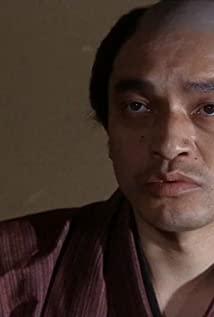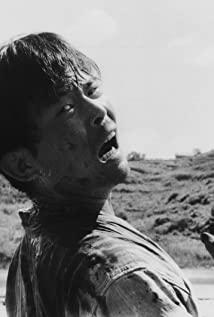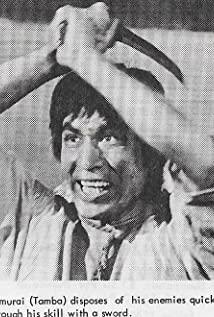The story of "Kufu" is of course fictitious, but the historical background that the Tokugawa shogunate stepped up its suppression of daimyo in various places is real. The Tokugawa shogunate suppressed the rebellious and unruly forces of the Warring States Period for more than 200 years through various methods of the martial family, the system of participation and explanation, various conspiracies, and of course, the most important thing is the powerful force and control over a large area of domestic territory. samurai.
The Hiroshima Domain, where the protagonist Tsuyun Hanshiro originally worked, was a major victim of the shogunate's policy. The original lord of the Hiroshima Domain, Masaru Fukushima, was an important military commander promoted by Toyotomi Hideyoshi, and was one of the seven guns of the low mountain. Although he supported Tokugawa Ieyasu during the Battle of Sekigahara because of his feud with the leader of the Western Army, Ishida Sancheng, but He secretly allowed the Toyotomi family to receive the military rations stored in Osaka by the Hiroshima Domain during the Osaka Summer Battle, which still caused the Tokugawa family's dissatisfaction. In 1619, Fukushima Masaru's home city, Hiroshima Castle, was damaged by a typhoon. After asking the shogunate for instructions, he began to repair the city wall by himself, but was accused by the shogunate of repairing the castle without authorization in violation of the samurai laws. After Fukushima apologized and said that the repaired part would be demolished, the shogunate accused him of not destroying it truthfully. In the end, he was changed from the 500,000 stone of the Hiroshima domain to a territory of only 45,000 stone, of which 25,000 stone belonged to his son Zhongsheng, and was taken back by the shogunate after Zhongsheng's death. After the death of Fukushima Masaru in 1624, the shogunate confiscated the remaining 20,000 shi of the Fukushima family on the grounds that the family members were cremated before the arrival of the shogunate messengers, and let his three sons serve as the banner of the shogunate.
The other protagonist of the story, the Ii family, is the pedigree name of the Tokugawa family. Several members of his family followed Tokugawa Ieyasu to conquer the world and made great achievements. One of the four Tokugawa kings, Ii Naozheng, was once the master of the Ii family. Can be regarded as both civil and military. Six of the top officials of the Tokugawa shogunate's assistant generals came from the Ii clan, including the famous Ii Naobi at the end of the Tokugawa shogunate, who set off the Ansei Great Prison. The Doi mentioned in the film should be the old man of the time, Tosho Doi.
View more about Hara-Kiri reviews











